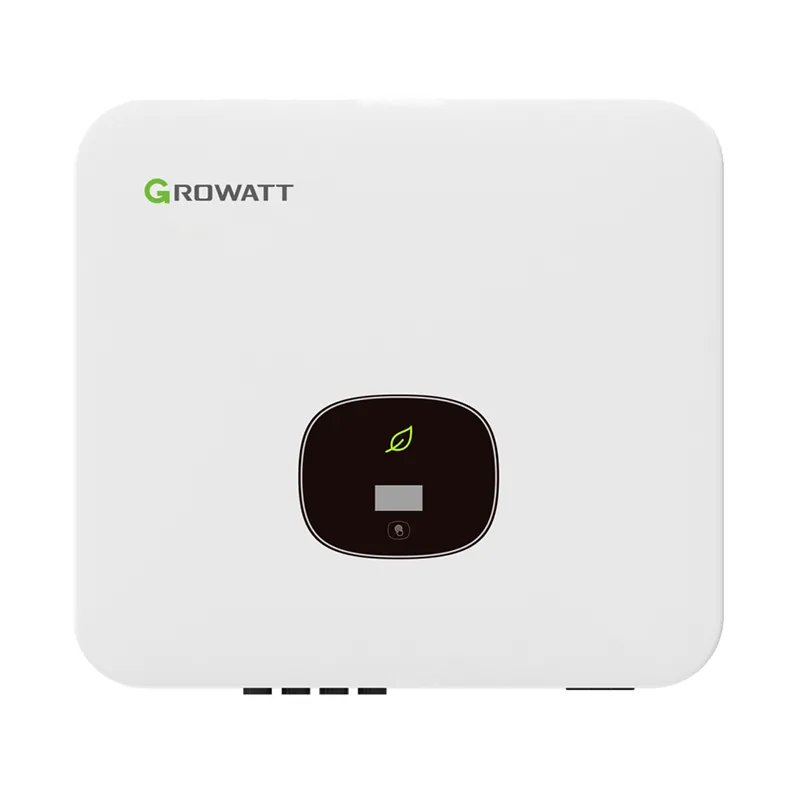Dimensions and Specifications of a 250 Watt Solar Panel for Your Energy Needs
Understanding the Dimensions and Features of a 250-Watt Solar Panel
As the world increasingly turns towards renewable energy sources, solar panels have become a popular choice for both residential and commercial applications. Among the various types available, the 250-watt solar panel is a widely used option due to its balance of efficiency, size, and cost-effectiveness. In this article, we will explore the dimensions and features of a typical 250-watt solar panel, examining its role in harnessing solar energy.
What is a 250-Watt Solar Panel?
A 250-watt solar panel refers to its maximum power output under standard test conditions. These panels are designed to convert sunlight into electricity efficiently and are often incorporated into larger solar power systems. The wattage indicates the panel's capability to generate energy, with a 250-watt panel being suitable for various applications, from small residential rooftops to larger solar installations.
Dimensions of a 250-Watt Solar Panel
The dimensions of a 250-watt solar panel can vary depending on the manufacturer and the specific technology used, but standard measurements typically range from 65 inches by 39 inches (165 cm x 99 cm) to 66 inches by 40 inches (167 cm x 101 cm). The panel's thickness generally falls between 1.4 to 2 inches (3.5 to 5 cm). These dimensions make 250-watt panels compact enough to install on rooftops while still providing a significant surface area for capturing sunlight.
Weight and Portability
250 watt solar panel dimensions

The weight of a 250-watt solar panel usually ranges from 40 to 50 pounds (approximately 18 to 23 kg). This weight is manageable for most installation scenarios, but it’s essential for installers to ensure that the mounting surface can adequately support the panel’s weight. Additionally, while these panels are not designed for portable use, their weight and size mean they can be transported relatively easily, making them suitable for various applications, from off-grid cabins to construction sites needing temporary power.
Efficiency and Technology
The efficiency of a 250-watt solar panel can vary based on the technology used. Most commonly, these panels are constructed with monocrystalline or polycrystalline silicon cells. Monocrystalline panels tend to be more efficient, achieving around 15% to 20% efficiency, while polycrystalline panels may offer slightly lower efficiency rates but often come at a lower price point. The choice between these technologies will depend on the specific needs of the user, including budget and space constraints.
Applications of 250-Watt Solar Panels
250-watt solar panels are versatile and can be used in various applications. In residential settings, multiple panels can be connected to create a solar system capable of powering an entire home. For smaller installations, a couple of panels may adequately supplement energy needs. They are also suitable for outdoor applications, such as powering RVs, boats, or small cabins where space and energy demand are limited.
Conclusion
As renewable energy becomes a focal point in the quest for sustainable solutions, the 250-watt solar panel stands out as an effective option for diverse applications. With manageable dimensions, practical weight, and a range of efficiencies, these panels make solar energy accessible to a broader audience. Understanding the specific dimensions and features of a 250-watt solar panel is crucial for anyone considering installing solar technology, ensuring they make informed decisions that align with their energy requirements and goals. Whether for home energy production or larger solar projects, 250-watt panels hold significant potential for harnessing the power of the sun.
-
String Solar Inverter: The High-Efficiency Solution for Smart Solar EnergyNewsJul.14,2025
-
Revolutionizing Rooftop Energy with the Power of the Micro Solar InverterNewsJul.14,2025
-
Power Independence with Smart Off Grid Solar Inverter SolutionsNewsJul.14,2025
-
On Grid Solar Inverter: Powering the Future with Smart Grid IntegrationNewsJul.14,2025
-
Monocrystalline Solar Panels: High-Efficiency Power for the Future of Clean EnergyNewsJul.14,2025
-
Bifacial Solar Panel: A Smarter Investment for Next-Generation Energy SystemsNewsJul.14,2025







